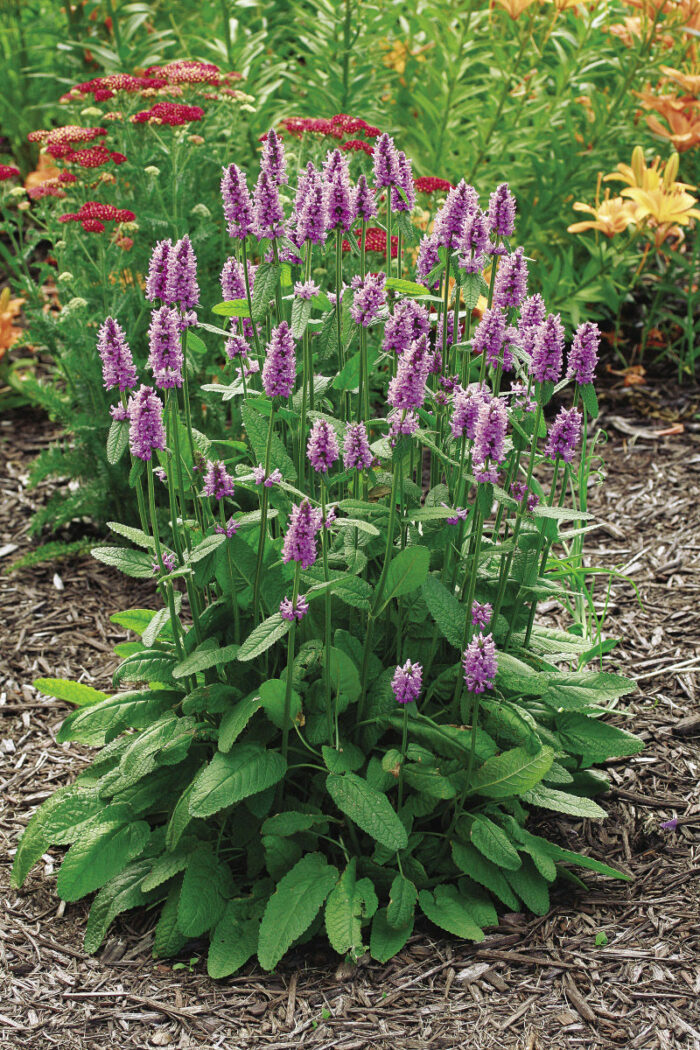
Every year, for as long as anyone can remember, a new batch of plants is introduced to the masses. As gardeners, we crave new plants—something we haven’t seen before or a new improvement on an old favorite. But, unfortunately, unless a new plant has a multimillion-dollar marketing firm or a zealous public-relations agent backing it, gardeners might not ever know that it exists. When it comes to new plants, the more money that the company introducing the plant has, the more attention that plant gets—and the more people buy it. The worst part of this system is that many great plants never get the recognition or notoriety they deserve, while many mediocre selections get all the glory. It’s time to pay attention to a few gems that have been largely ignored by the gardening public but deserve the spotlight because of their unique characteristics, well-behaved habits, and low-care requirements.
Purple Angelica is a Short-Lived Investment with a Big Payout
Angelica gigas
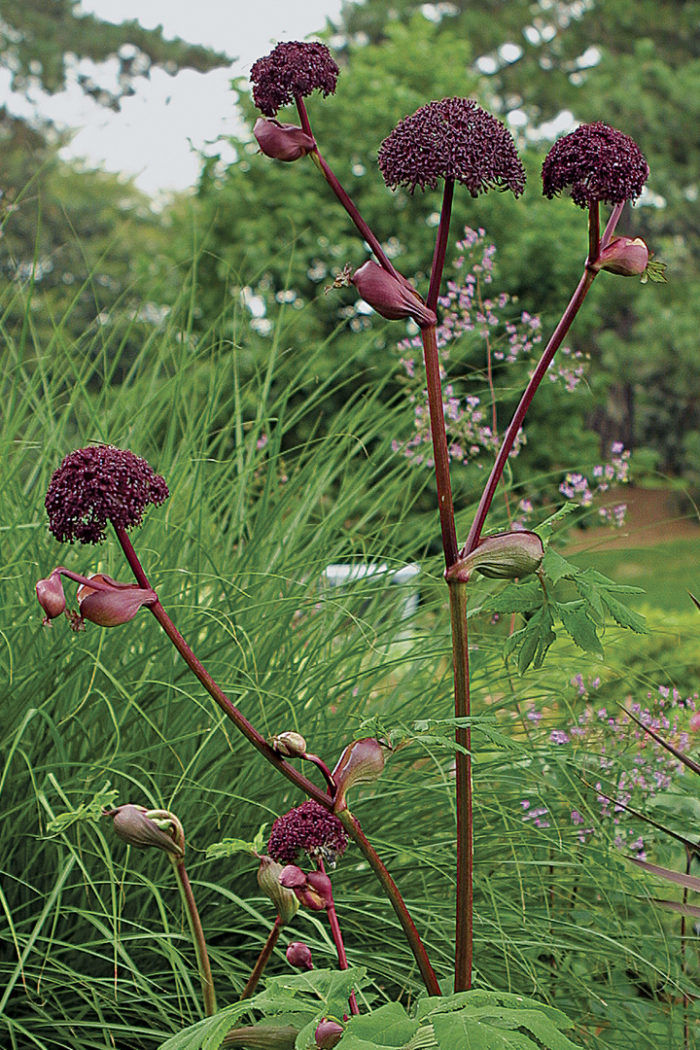
Many gardeners think biennials are a waste—and I would agree if we were talking about the standard white-flowering angelica (Angelica archangelica, USDA Hardiness Zones 4–9), which was marketed to excess, luring gardeners in with the promise of big, bold foliage. But those aren’t rare traits in the plant world, so I figured it was a better idea to spend the money on a true perennial with a bold presence. Color is a game changer, though, especially when it comes to the striking burgundy stems and flower umbels of purple angelica. Combine this brilliant color with massive leaves and skyscraper-tall stems and this plant will alter the entire feel of a garden. And in case you still aren’t sold on spending money for a plant that will only live for two years, consider this: Purple angelica spawns tons of babies—easily removed if unwanted—making this plant more than a worthwhile investment.
Zones: 4 to 9
Size: 3 to 6 feet tall and 4 feet wide
Conditions: Partial to full shade; moist, fertile soil
Swordleaf Inula Thrives Almost Anywhere, Including Deer Country
Inula ensifolia
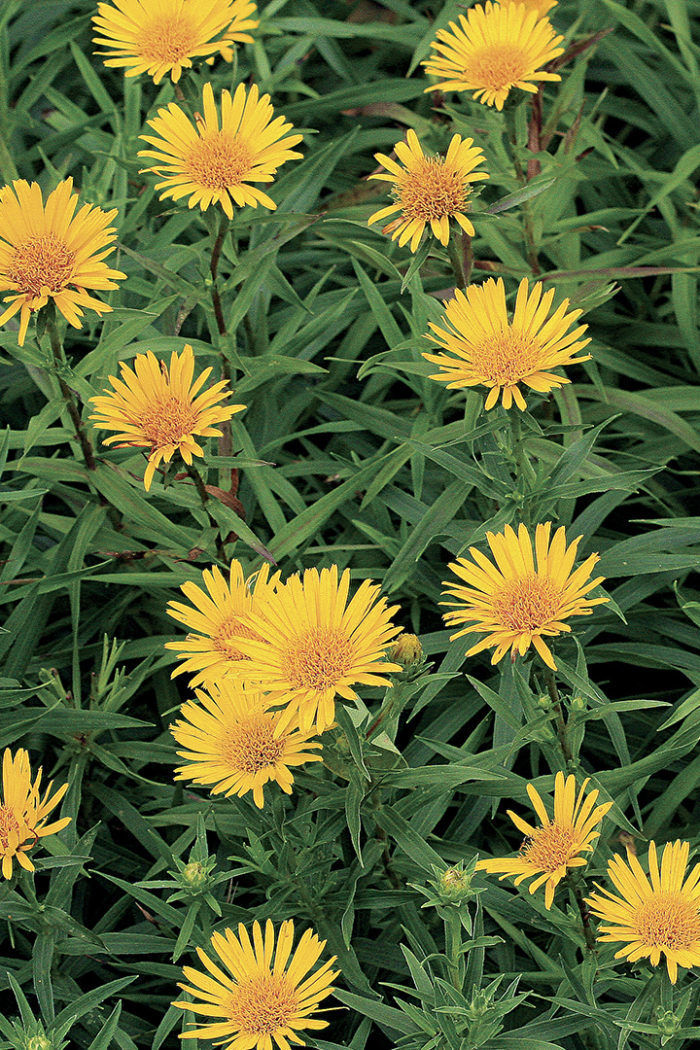
Swordleaf inula is more compact and manageable than its cousin, the fast-spreading tick-seed (Coreopsis verticillata and cvs., Zones 4–9), but it still has the airy leaves and bright yellow flowers that gardeners love. The long-lasting flowers add a shot of gold to virtually any area (including slopes and rock gardens), and deer tend to ignore it. Be sure to keep it well watered because letting it dry out too often can lead to stress-induced disease problems. Otherwise, swordleaf inula is a relatively low-maintenance plant that just needs to be cut back to the ground in late fall.
Zones: 4 to 9
Size: 1 to 2 feet tall and wide
Conditions: Full sun to partial shade; moist, well-drained soil
‘Hummelo’ Alpine Betony—the Better-Looking Lambs’ Ears
Stachys officinalis ‘Hummelo’
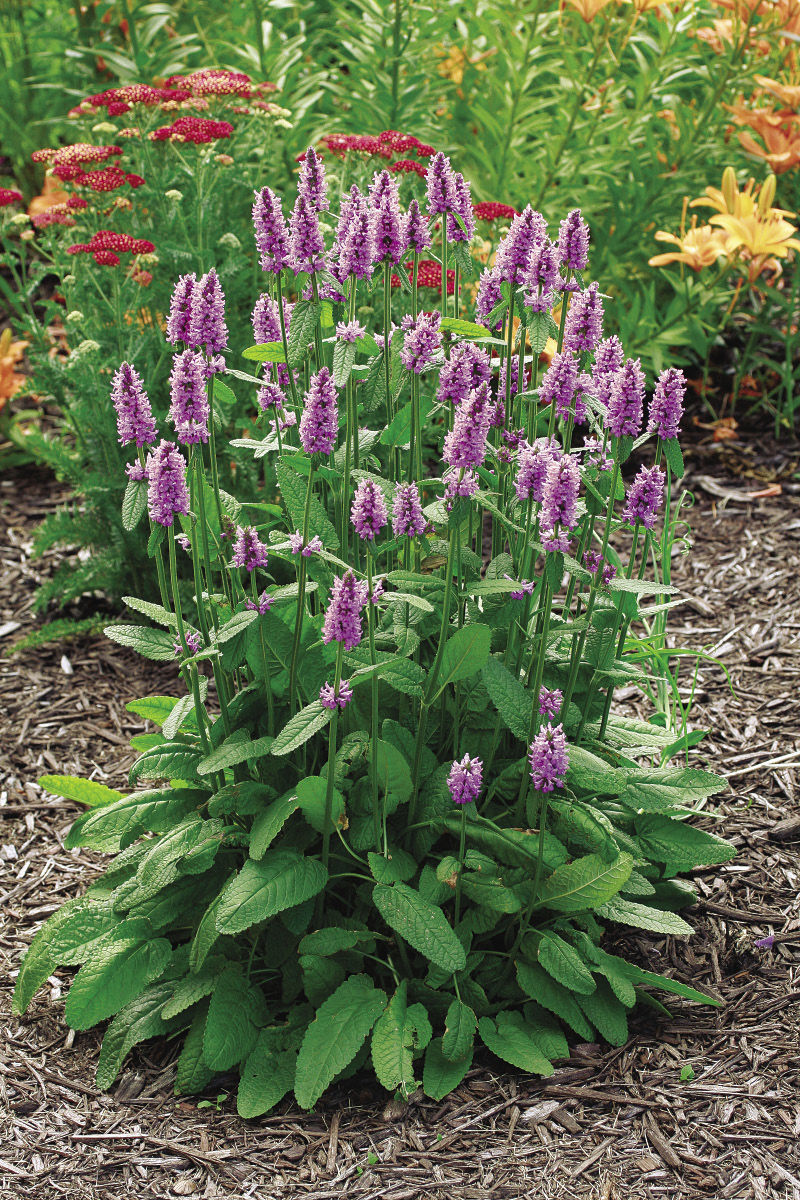
Zones: 4 to 8
Size: 20 inches tall and 18 inches wide
Conditions: Full sun; well-drained soil
‘Silver Gem’ Violet Brings Toughness and Beauty to the World of Ground Covers
Viola walteri ‘Silver Gem’
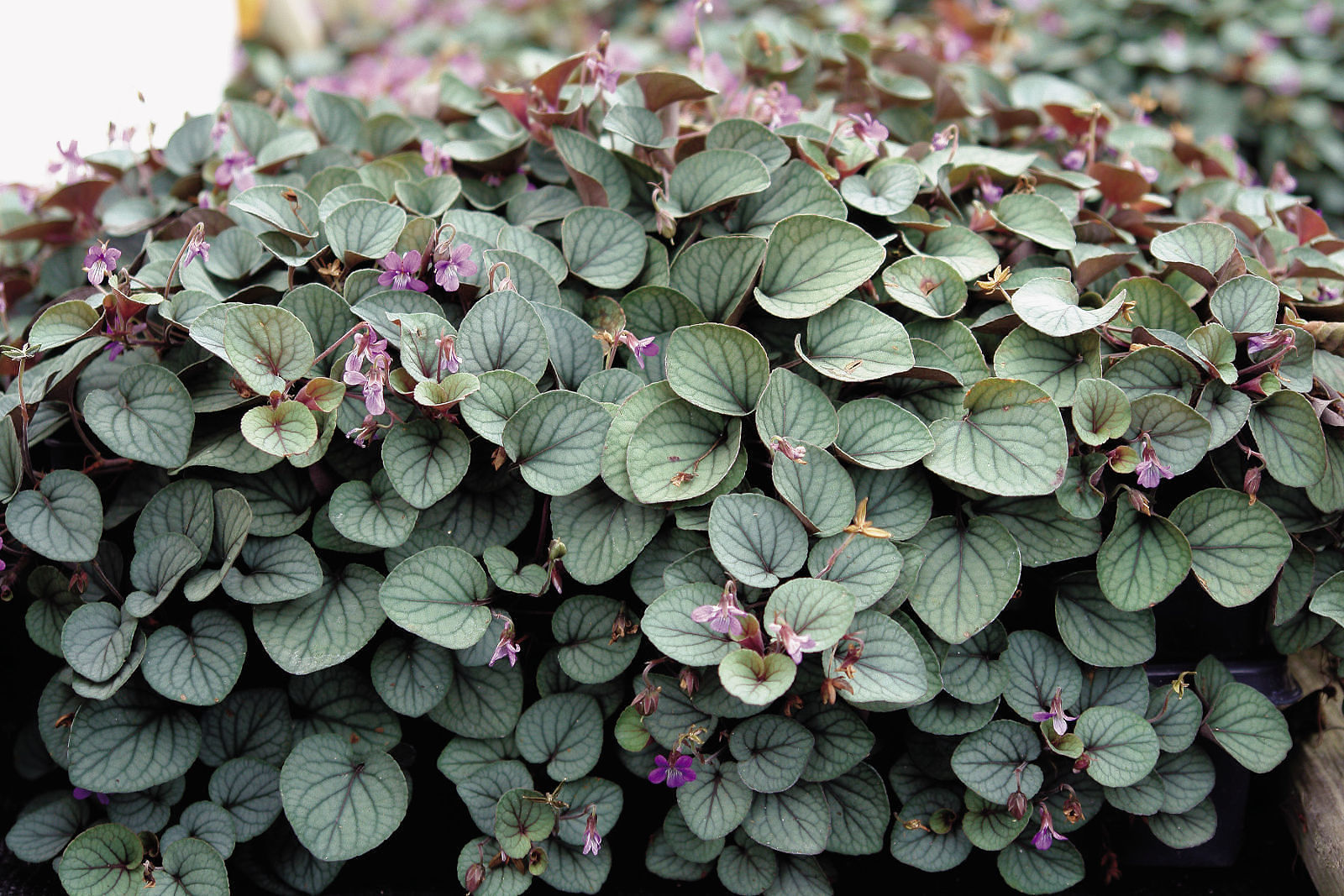
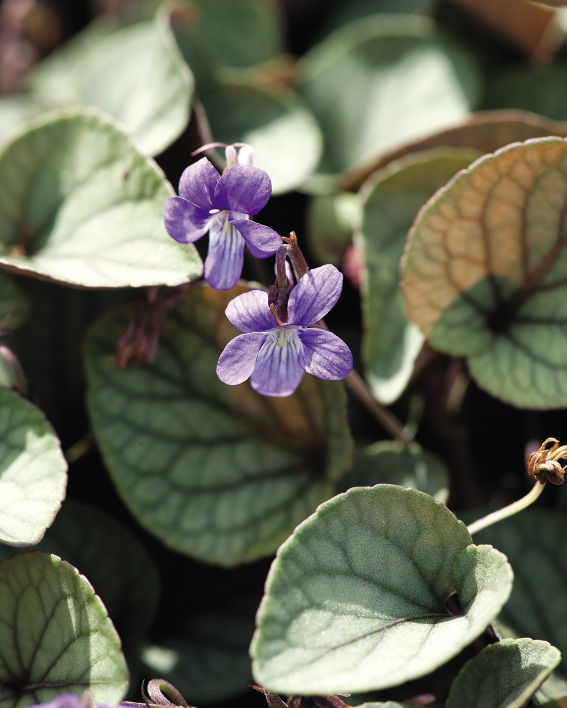
It takes a lot to get excited about a violet. On the upside, they are among the first flowers of the season and their foliage doesn’t disappear like ephemerals. But on the downside, they have small blooms and their foliage is boring. ‘Silver Gem’ violet, however, has bright, abundant, amethyst-colored flowers and silver leaves. Drought tolerant once established, this plant is an ideal ground cover for any spot in dry shade. There were many violet cultivars that came before ‘Silver Gem’ and more still that came after, but this is the best one out there.
Zones: 5 to 8
Size: 3 to 5 inches tall and 10 to 15 inches wide
Conditions: Partial to full shade; well-drained soil
Golden Greater Woodrush Glows in Winter
Luzula sylvatica ‘Aurea’
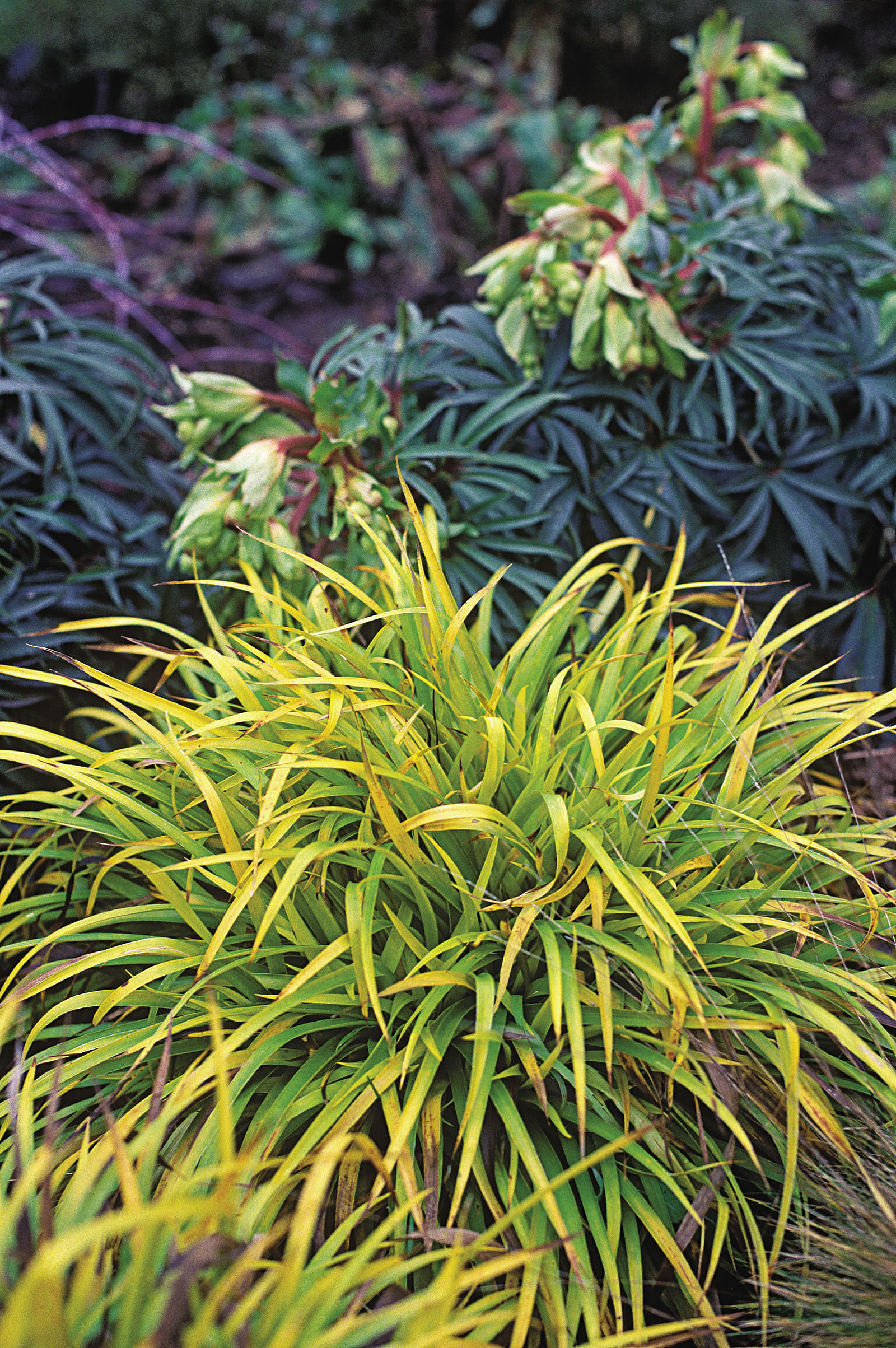
If you’re tired of seeing the popular golden Japanese forest grass (Hakonechloa macra ‘Aureola’, Zones 5–9) in every shade garden you visit, turn to golden greater woodrush for a fresh option. This is an attractive grass with chartreuse leaves, which form a tightly laced bundle of blades. Small brown flowers appear in spring, which are not exactly ornamental but do add texture. This plant stays evergreen and turns a bright yellow in winter, lighting up the dark, dormant garden floor.
Zones: 4 to 9
Size: 8 to 16 inches tall and 2 feet wide
Conditions: Partial to full shade; rich, moist, well-drained soil
Double Japanese False Aster has Good Looks and Disease Resistance
Kalimeris pinnatifida
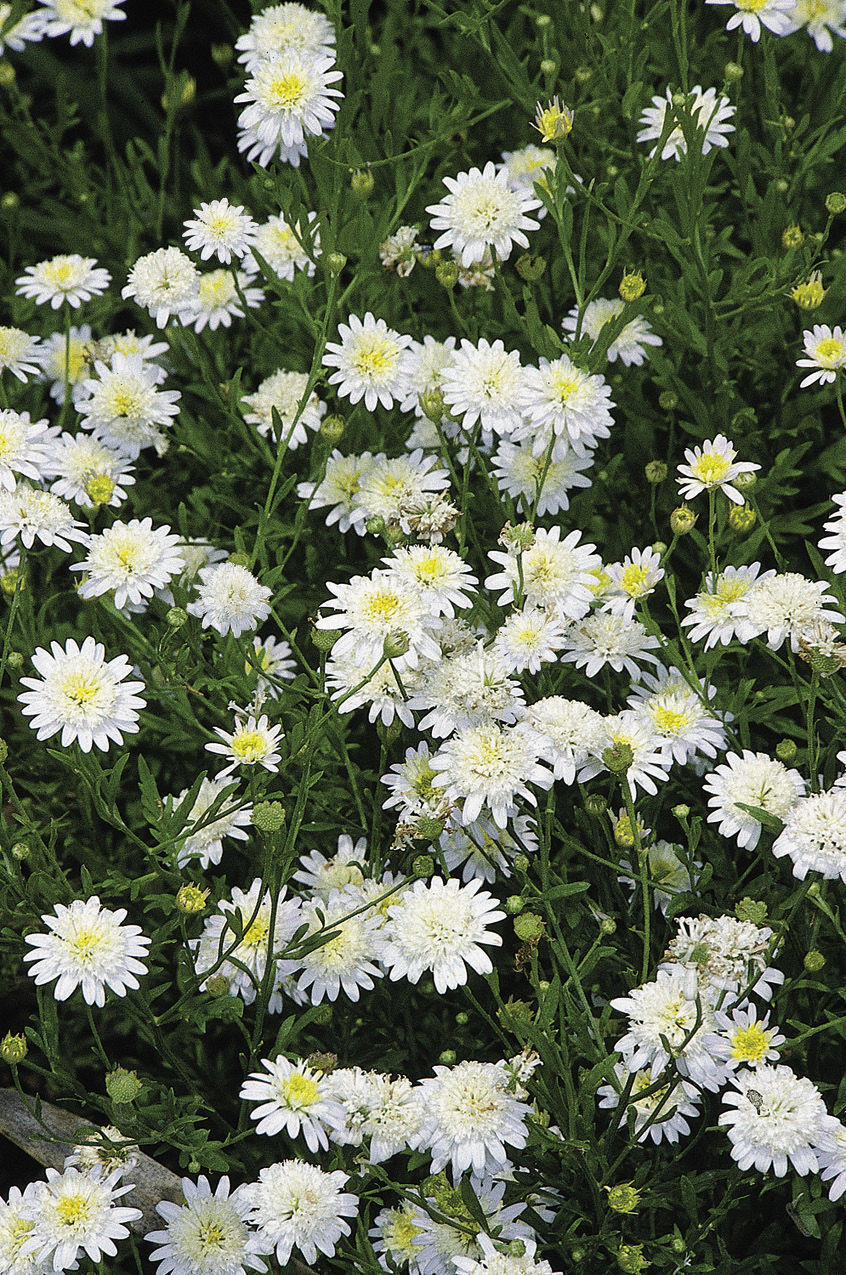
Double Japanese false aster has clean white flowers that are more substantial than those of a true fall aster (Symphyotrichum oblongifolium, Zones 3–9), and it has far fewer health issues, too. Asters are known to suffer from rust and often look mangy by the end of their peak. Double Japanese false aster, however, isn’t prone to rust or powdery mildew, and it doesn’t look bedraggled by the end of the season, either. When planted in large groups, this plant creates a buoyant swath of white while in bloom from midsummer through fall. It is easy to grow, is pest and disease resistant, and makes a unique addition to cut-flower arrangements.
Zones: 5 to 9
Size: 2 to 3 feet tall and wide
Conditions: Full sun to partial shade; moist, well-drained soil
‘Red Shades’ sneezeweed is a seasonal standout
Helenium autumnale ‘Red Shades’ (syn. H. autumnale ‘Helena Red Shades’)

Most sneezeweeds look like illegitimate cousins of black-eyed Susans (Rudbeckia spp. and cvs., Zones 3–11)—and who needs another black-eyed Susan? After all, there are already eight million out there to choose from. Because of this fact, most gardeners dismiss the genus altogether. The cultivar ‘Red Shades’, however, adds some much-needed orange and red to late summer. The blossoms’ autumnal hues are the perfect complement to other seasonal stars, like ornamental grasses and deciduous trees with vibrant fall color. This newer cultivar tolerates a good deal of heat (unlike other sneezeweeds that are prone to wilting), so it will perform exceptionally well, despite the high temperatures that an occasional Indian summer might bring.
Zones: 3 to 8
Size: 3 to 4 feet tall and 2 feet wide
Conditions: Full sun to partial shade; moist, well-drained soil
Rattlesnake-Master Boasts an Understated Flashiness
Eryngium yuccifolium

The genus Eryngium hasn’t seen the same number of new cultivars as, say, the genus Heuchera, but there have been a number of “newer and bluer” options unveiled lately. Many of these flashier cultivars, unfortunately, have questionable hardiness and can take several years to become the sizable plant of your dreams. Rattlesnake-master, however, sizes up quickly, flowers reliably, and returns yearly without any issue. The flowers are a light whitish green to pale blue and appear atop sturdy, upright stems from midsummer to early autumn. Perhaps the reason it has never gotten its just due is because it is considered a native wildflower of the Mountain West, which, to me, only indicates that it is tough as nails.
Zones: 4 to 9
Size: 4 feet tall and 2 feet wide
Conditions: Full sun; moist, fertile, well-drained soi
How to See Through the Hype
When descriptions and reviews make every plant sound enticing, it can be hard to decide which ones deserve your hard-earned dollar. The following rules can help you make the best decision:
Read between the lines
It’s important to learn the difference between an impartial review of a plant and an advertisement or regurgitated press release. An advertisement always has the sponsoring company’s name listed, and if you keep seeing the same phrase written over and over again in reviews, chances are it originated from a promotional piece.
Surf the web for realistic images
Many companies Photoshop and sharpen their plant images to enhance their overall quality, but sometimes, the end result looks nothing like the real plant. Do an image search online, and take a gander at all the photos you can find to get a better representation of the plant.
Wait for the experts to weigh in
With all new plants, let the trial gardens and universities experiment for a few years to determine a plant’s hardiness, mature habit, and pest and disease resistance. These institutions tend to give accurate reports on whether or not a plant lives up to all the qualities it is supposed to possess.
Stephanie Cohen is a contributing editor. Assistant Editor Antonio Reis and Senior Editor Danielle Sherry also contributed to this article.
Photos: courtesy of North Creek Nurseries; Michelle Gervais; Bill Johnson; www.millettephotomedia.com; Adrian Bloom/www.gapphotos.com; courtesy of Plant Delights Nursery, Inc.; Joshua McCullough/www.phytophoto.com. Illustrations: Mike Monahan/www.dreamstime.com
Sources
The following mail-order plant sellers offer the widest selection of the plants featured:
Annie’s Annuals & Perennials, Richmond, Calif.; 888-266-4370; www.anniesannuals.com
Joy Creek Nursery, Scappoose, Ore.; 503-543-7474; www.joycreek.com
Niche Gardens, Chapel Hill, N.C.; 919-967-0078; www.nichegardens.com
Wayside Gardens, Hodges, S.C.; 800-845-1124; www.waysidegardens.com
Well-Sweep Herb Farm, Port Murray, N.J.; 908-852-5390; www.wellsweep.com
Fine Gardening Recommended Products

A.M. Leonard Deluxe Soil Knife & Leather Sheath Combo
Fine Gardening receives a commission for items purchased through links on this site, including Amazon Associates and other affiliate advertising programs.

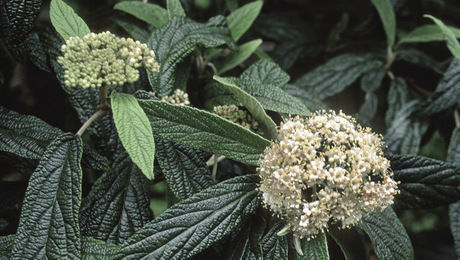
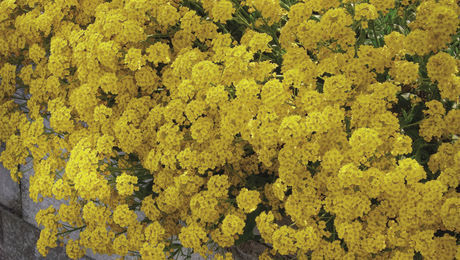
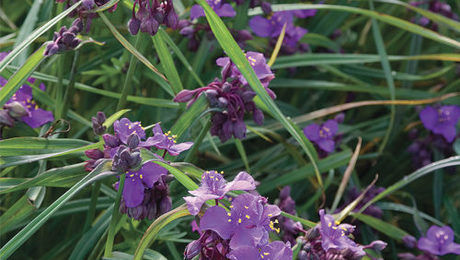
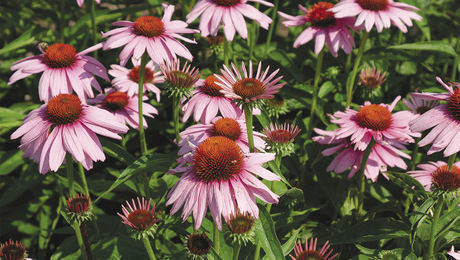













Comments
Hi Fine Gardening.
I looked up Niche Gardens and they closed in 2019.
Thanks.
Log in or create an account to post a comment.
Sign up Log in